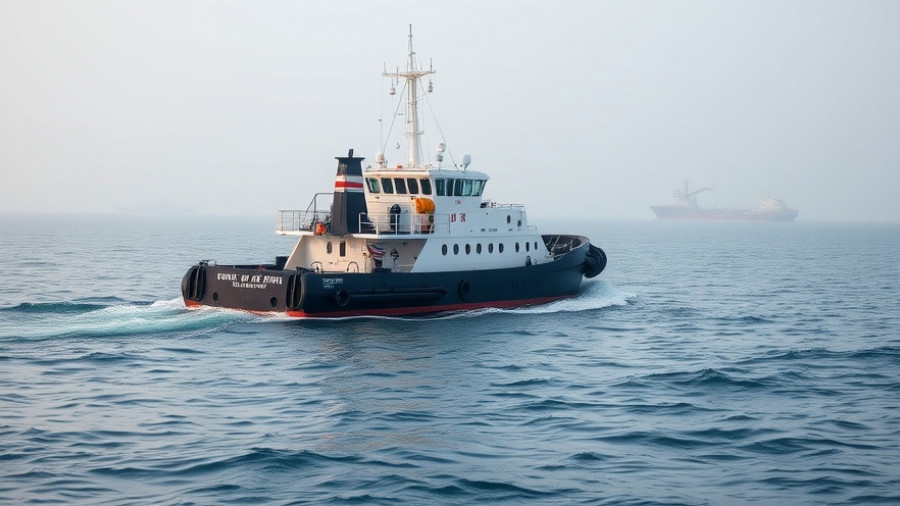
Transforming Research Vessels with Innovative Technology
The METEOR IV, a pioneering special-purpose research vessel, is set to redefine marine research capabilities with the recent installation of Elomatic’s groundbreaking Elogrid tunnel thruster technology. As the vessel prepares for its mission under the auspices of the German Federal Ministry of Education and Research, the integration of advanced technology highlights a significant step towards enhancing maneuverability and operational efficiency in maritime research.
Why Elogrid Technology Matters in Marine Research
The Elogrid tunnel thruster is not just a technological upgrade; it's a transformation in how ships can operate in complex marine environments. This innovative solution aims to improve the vessel's dynamic positioning, which proves vital for its interdisciplinary projects focused on climate and environmental research. With the ability to increase thrust by 5-8% compared to traditional systems, the Elogrid technology helps the METEOR IV become more agile, allowing scientists to conduct concentrated studies in sensitive ecological zones.
Fuel Efficiency: More Than Just a Buzzword
In today’s world, fuel efficiency is paramount, especially in research vessels that operate in often rigid budgets. The Elogrid technology promises a reduction in fuel consumption by 1-4%, a crucial aspect not just for cost-saving but also for environmental sustainability. The design significantly reduces flow entry into the bow thruster tunnels at cruising speeds, optimizing operations and underlining a commitment to reducing carbon footprints in marine research.
The Shift Towards Sustainable Technology
With growing awareness about environmental issues, Elomatic’s Elogrid technology stands as a beacon for sustainable practices in shipbuilding and marine operations. As global issues like climate change take center stage, the integration of such technology in research vessels showcases a forward-thinking approach that can influence both marine technology and environmental policy.
What This Means for Future Projects
The selection of the Elogrid system for the METEOR IV project signals a broader trend in the maritime industry towards adopting innovative solutions designed to enhance performance and reduce environmental impact. As more shipyards and organizations begin to prioritize sustainability, the expectation is that technologies like Elogrid will become a standard in newbuild projects, not just retrofits.
A New Era in Marine Exploration
Marine exploration has evolved dramatically over the years, yet the fundamental need for efficient and effective tools remains. Research vessels like the METEOR IV exemplify the future of exploration, where advanced technology meets urgent ecological needs. By investing in cutting-edge solutions, research missions can become more adaptable and impactful, ensuring that the insights gleaned from the ocean depths are both comprehensive and critical.
 Add Row
Add Row  Add
Add 




Write A Comment